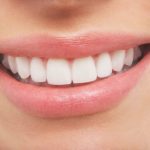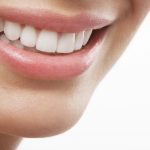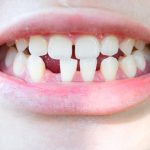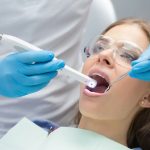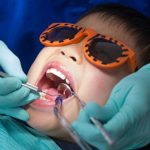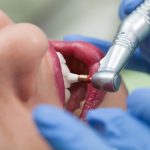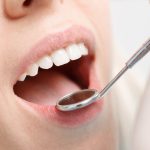Why Your Teeth Are Crooked: The Surprising Reasons Behind Your Smile’s Appearance
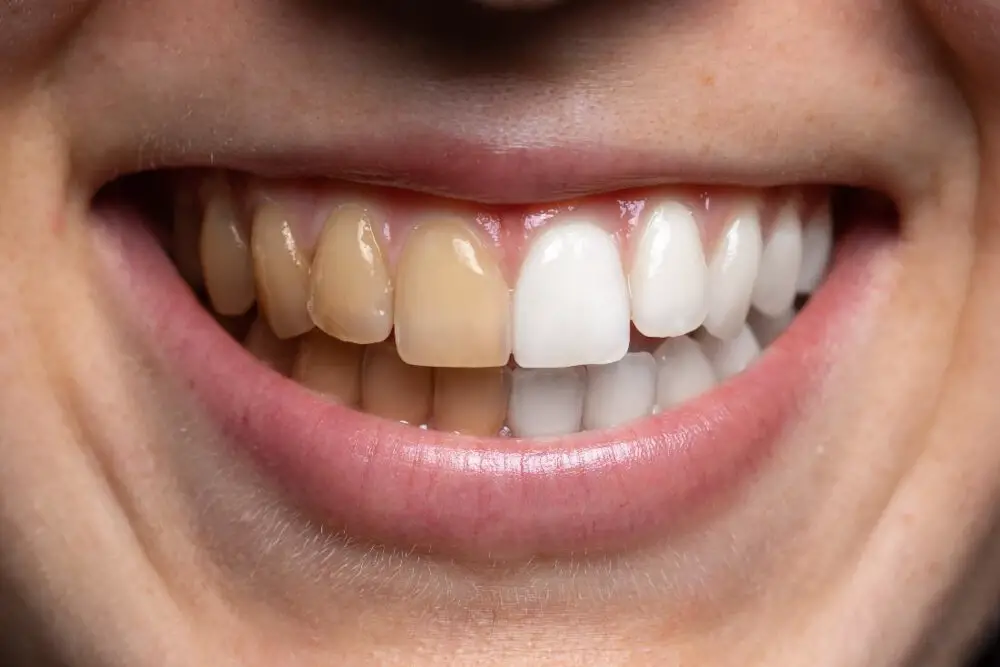
As humans, we all strive for perfection in our appearance, and our teeth are no exception. A beautiful, straight smile is often associated with confidence, success, and attractiveness. However, not everyone is blessed with perfectly aligned teeth, and crooked teeth can be a source of insecurity and discomfort for many people. While genetics can play a role in the appearance of our teeth, there are surprising reasons behind why our smile may appear crooked. One of the most common reasons for crooked teeth is a misaligned jaw. When the upper and lower jaws do not fit together properly, it can cause teeth to shift and become crooked over time. This misalignment can be caused by a variety of factors, such as injury, genetics, or even habits such as thumb-sucking. Other surprising factors that can contribute to crooked teeth include breathing through the mouth rather than the nose, poor nutrition during childhood, and even certain medications. Understanding the reasons behind crooked teeth can help individuals make informed decisions about their dental care and explore treatment options to achieve a straighter smile.
Genetics
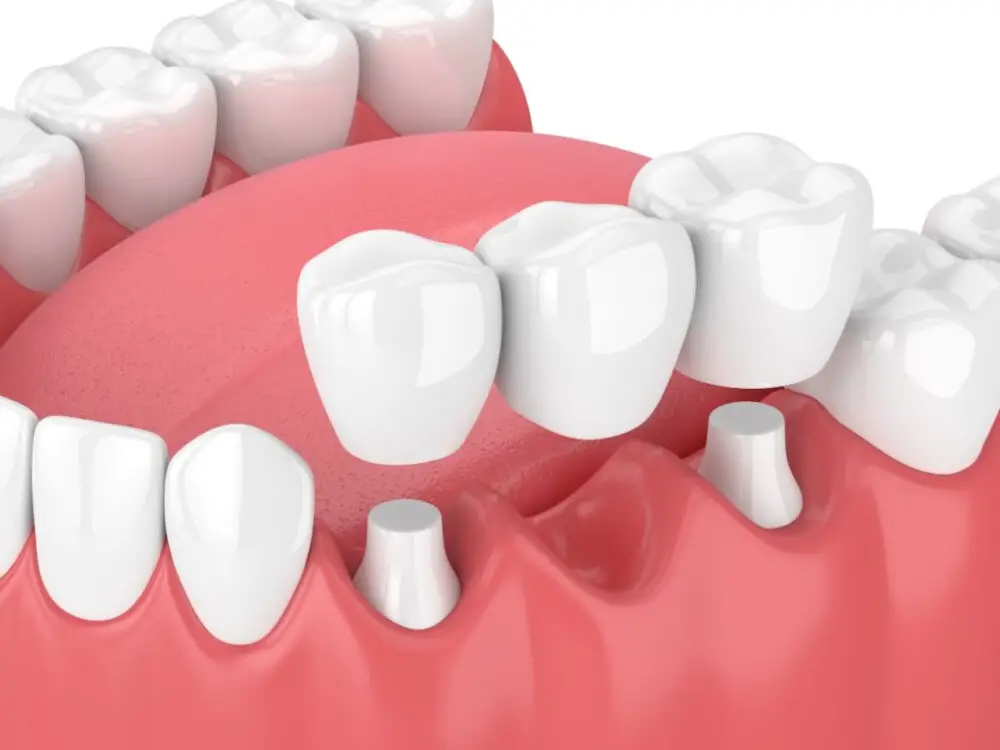
Genetics play a significant role in determining the alignment of teeth in an individual. The genes inherited from parents dictate the size and shape of the mouth, jaw, and teeth. In some cases, children may inherit narrow jaws or larger teeth, leading to a crowded or spaced-out appearance. Moreover, genetic factors can also affect the position of teeth, leading to an overbite, underbite, or crossbite. These conditions may not only affect the appearance of the smile but can also lead to functional issues such as difficulty in chewing or speaking. However, genetics are not the only factors responsible for crooked teeth. Environmental factors such as thumb-sucking, mouth breathing, and poor nutrition can also contribute to dental misalignment. Thumb-sucking can cause the teeth to shift forward, leading to an overbite, while mouth breathing can lead to dry mouth that can cause tooth decay and gum disease, further leading to dental problems. Additionally, poor nutrition, particularly a lack of vitamin D and calcium, can lead to weak bones, including the jawbone, which can cause the teeth to shift out of their natural position. Therefore, it is essential to maintain good oral hygiene habits and a healthy lifestyle to prevent dental issues and maintain a healthy smile.
Crooked teeth are a common dental problem that can affect both children and adults, and their causes are varied. One such cause is genetics, which can play a significant role in the development of misaligned teeth. Inherited conditions such as jaw size and shape, tooth size and shape, and the number of teeth can affect the alignment of teeth. For instance, a small jaw can lead to overcrowding, which can cause crooked teeth. Similarly, if one or both parents have misaligned teeth, there is a higher chance that their children will also have crooked teeth. These inherited factors can combine with environmental factors, such as thumb sucking, tongue thrusting, or mouth breathing, to cause misaligned teeth. Understanding the role of genetics in crooked teeth can help individuals and their dentists develop an appropriate treatment plan to improve their dental health and ensure their teeth are straight and healthy.
Mouth Habits
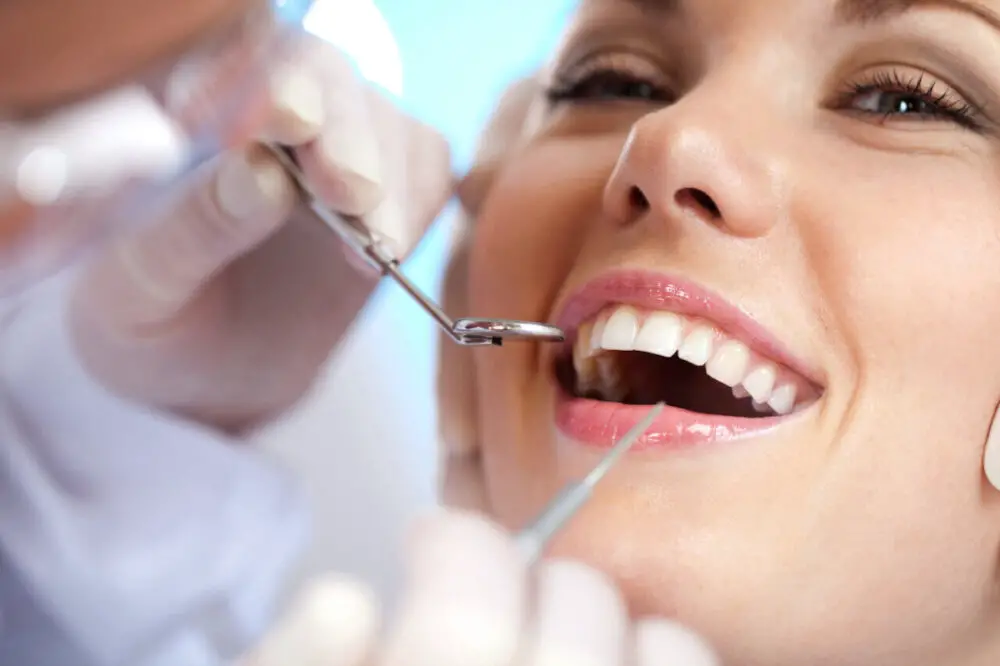
Mouth habits play a crucial role in the development of crooked teeth. Habits such as thumb-sucking, tongue thrusting, and mouth breathing can cause misalignment of the teeth and jaw. Thumb-sucking, for instance, can cause the upper front teeth to protrude and the lower front teeth to tilt inward. Tongue thrusting, on the other hand, refers to the habit of pushing the tongue against the front teeth when swallowing, which can cause the teeth to shift forward. Mouth breathing, which is often caused by allergies or a blocked nose, can also lead to crooked teeth as it affects the normal development of the jaw. Moreover, poor oral hygiene habits can also impact the alignment of teeth. Neglecting to brush and floss regularly can lead to gum disease that can cause the teeth to loosen and shift out of place. Additionally, poor nutrition, especially in the early years, can affect the growth and development of the teeth, which can lead to misalignment. Parents should encourage their children to develop good oral hygiene habits early on to prevent crooked teeth and other dental problems. By paying attention to mouth habits and taking steps to correct them, individuals can avoid the need for braces or other corrective measures later in life.
Habits such as thumbsucking, mouth breathing, and tongue thrusting can have a significant impact on the alignment of teeth. Thumbsucking and tongue thrusting can cause pressure on the front teeth, pushing them forward and making them protrude. Mouth breathing can result in a lack of pressure from the lips and cheeks on the teeth, leading to misalignment. These habits can not only affect the appearance of teeth but also the functioning of the jaw and overall oral health. It is crucial to address these habits early on, especially in children, to prevent the need for extensive orthodontic treatment later in life.
Injury and Trauma

Injury and trauma can also play a role in causing crooked teeth. If the mouth experiences a significant impact, such as a blow to the face or a fall, it can cause teeth to shift or become misaligned. This is because the force of the impact can cause the teeth to move out of their original position and disrupt the balance of the bite. Additionally, if a tooth is knocked out or lost due to injury, the surrounding teeth can shift to fill the gap, leading to further misalignment. It is important to seek immediate dental treatment if you experience a mouth injury or trauma, as prompt attention can help prevent further damage and correct any misalignment that has occurred. Your dentist may recommend braces, retainers, or other orthodontic treatments to help shift the teeth back into their proper position. In some cases, dental implants or bridges may also be necessary to replace missing teeth and restore the balance of the bite. By addressing injury and trauma promptly, you can help prevent long-term dental problems and maintain a healthy, beautiful smile.
Accidents and injuries to the teeth and jaw can cause misalignment due to the force applied to the teeth and surrounding structures. When a tooth is knocked out of its normal position, it can cause the surrounding teeth to shift in order to compensate for the missing tooth. Similarly, when a jaw is fractured or dislocated, it can alter the position of the teeth and lead to misalignment. Additionally, injuries to the jaw joint, known as the temporomandibular joint (TMJ), can cause asymmetrical movement of the jaw, resulting in uneven wear and tear on the teeth and ultimately leading to misalignment. It is important to seek prompt treatment for dental and jaw injuries to prevent long-term consequences such as crooked teeth.
Age and Tooth Loss

One of the most common causes of tooth loss is age. As we get older, our teeth become weaker and more prone to damage and decay. The enamel that protects our teeth can wear down over time, exposing the softer, more vulnerable dentin underneath. This can lead to cavities, infections, and ultimately, tooth loss. Additionally, as we age, our gums can recede, exposing more of the tooth structure and making it easier for bacteria to penetrate and cause damage. However, it’s not just the physical changes that come with age that contribute to tooth loss. As we get older, we may also develop certain health conditions that can increase our risk. For example, diabetes can make it harder for the body to fight off infections, including those that affect the teeth and gums. Osteoporosis, a condition that causes bone loss, can also weaken the jawbone and make it more difficult for teeth to stay securely in place. Additionally, certain medications commonly prescribed to older adults can have side effects that harm oral health, such as dry mouth or gum inflammation.
As we age, our teeth naturally tend to shift and become crooked due to the loss of bone density and changes in gum tissue. Tooth loss, whether due to injury, decay, or extraction, can also cause neighboring teeth to shift into the open space, leading to misalignment. The impact of age and tooth loss on the alignment of teeth can be further exacerbated by habits such as grinding, clenching, or nail-biting, which can put pressure on the teeth and cause them to move out of their proper position. Ultimately, a combination of factors can contribute to crooked teeth, and it is important to consult with a dentist or orthodontist to determine the best course of action for achieving a straighter, healthier smile.
Crooked teeth can be caused by a variety of factors, including genetics, poor dental hygiene, and habits such as thumb-sucking and mouth breathing. If left untreated, crooked teeth can lead to a range of dental problems, such as tooth decay, gum disease, and jaw pain. Seeking orthodontic treatment can help correct crooked teeth, improving both the appearance and function of your smile. Orthodontic treatment options include braces, clear aligners, and other dental appliances that can help shift teeth into the proper position. Whether for cosmetic or health reasons, seeking orthodontic treatment can have a significant impact on your dental health and overall well-being.
Conclusion
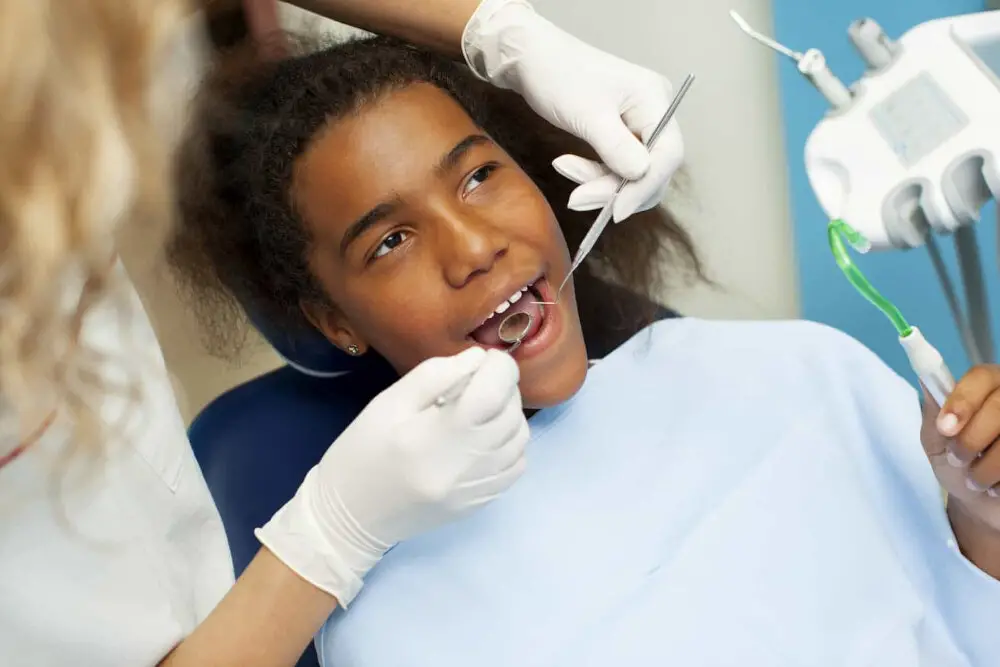
In conclusion, there are a variety of surprising reasons behind why your teeth may be crooked. From genetics to habits such as thumb-sucking and tongue thrusting, there are many factors that can impact the appearance of your smile. Additionally, issues such as overcrowding and impacted teeth can also contribute to crooked teeth. However, the good news is that there are also many treatment options available, from braces to clear aligners, that can help straighten your teeth and improve your oral health. By understanding the reasons behind your crooked teeth, you can take the necessary steps to achieve a straighter, healthier smile that you can be proud of.
